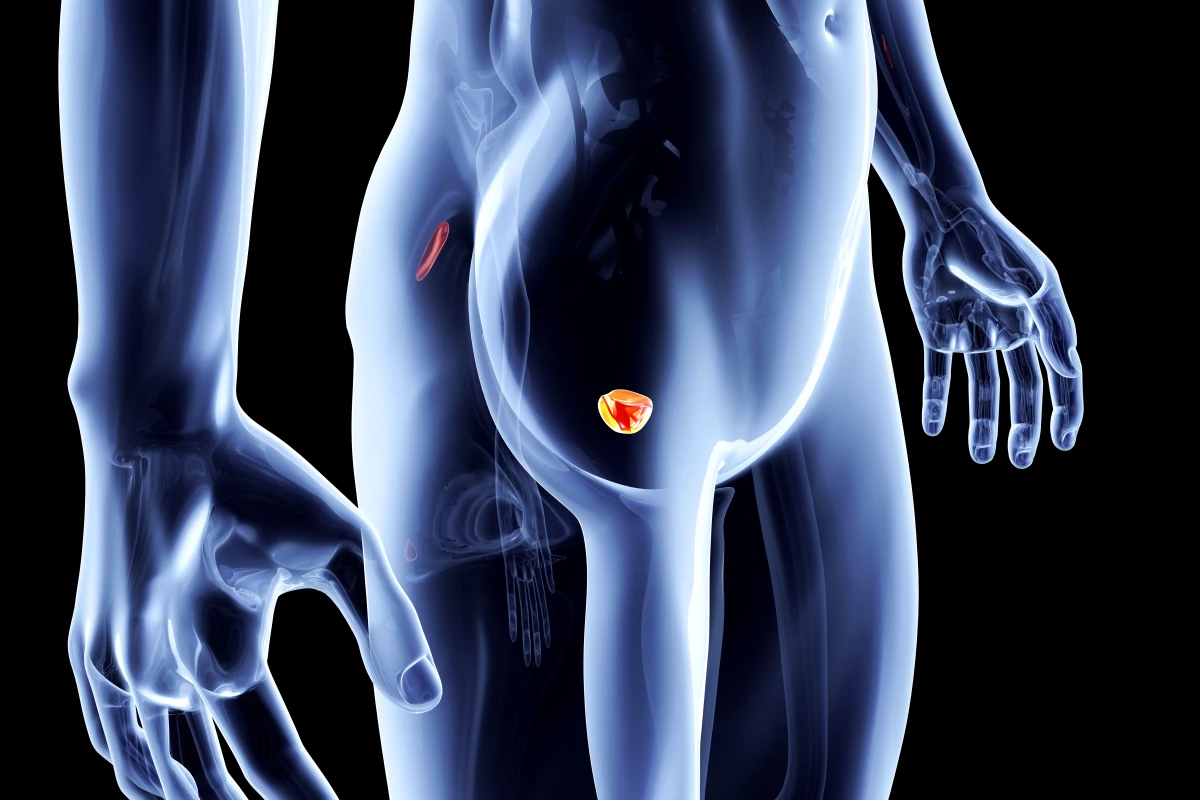Early diagnosis is pivotal to the treatment of all cancers, but some reveal their machinations far earlier than others. Prostate cancer is unfortunately one that might not show itself until in its later, more aggressive stages, so the search is on for tools that can pick it up earlier in the piece. A new possibility has emerged from the UK’s University of East Anglia (UEA), where scientists have developed a urine test for the home that can reveal prostate cancers in need of treatment.
A big problem with prostate cancer diagnosis is actually the high rate of unnecessary biopsies, which are costly in terms of resources, but also cause the patient unneeded angst. This is the direct result of the complexities in distinguishing the behavior of a cancerous prostate with a regular one, with both able to present the same biomarkers in the blood.
These are known as prostate-specific antigens (PSAs), which the prostate produces normally in small amounts. When PSA levels are heightened, doctors will often take a tissue sample for further analysis, as it may be indicative of cancer.
But these spikes can also be the result of other conditions, such as a prostate infection or more innocent tumors that will never require treatment. Up to 75 percent of men with raised PSA levels return negative cancer results following biopsy, according to the UEA team.
“Prostate cancer is the most common cancer in men in the UK," says lead researcher Dr Jeremy Clark. It usually develops slowly and the majority of cancers will not require treatment in a man’s lifetime.”
Clark and his team at the UEA have been developing what they call a Prostate Urine Risk test, or PUR. Imagined as a marked improvement on standard diagnostic tools like blood tests and uncomfortable physical examinations, the technology analyzes the gene expression in urine samples and recognizes biomarker signatures of at-risk patients.
It goes a little further than other urine biomarker tests under development, as it can recognize the biosignatures of different grades of prostate cancer. This enables it to assess how aggressive the cancer is and categorize it as low, intermediate or high risk. Research the team published earlier in the year revealed that PUR can predict whether patients will require treatment up to five years earlier than current methods.
The PUR samples are taken at the patient’s first urination of the day, where the biomarker levels are much higher and more consistent. Now, the team has built its technology into what it calls an At Home Collection Kit, which was given to 14 participants. The results of these tests were then compared to those of a digital rectal examination.
“We found that the urine samples taken at home showed the biomarkers for prostate cancer much more clearly than after a rectal examination,” says Clark. “And feedback from the participants showed that the at home test was preferable.”
A urine test for prostate cancer itself would be a huge improvement on the current status quo, but one patients can use in the comfort of their own home would be even better. Rather than having to visit the clinic regularly for checkups and biopsies, at-risk patients could simply monitor things at home and book an appointment when the PUR returned a worrying result.
“When we do diagnose prostate cancer, the urine test has the potential to differentiate those who need to have treatment from those who do not need treatment, which would be invaluable,” says Robert Mills, Consultant Surgeon at Norwich University Hospital and study co-author. “These patients go on to an active surveillance program following the diagnosis which may involve repeat biopsies and MRI scans which is quite intrusive. This urine test has the potential to tell us whether we needed to intervene with these patients.”
The scientists are hopeful the technique could even lead to similar home tests for bladder and kidney cancer.
The research was published in the journal BioTechniques.
Source: University of East Anglia




